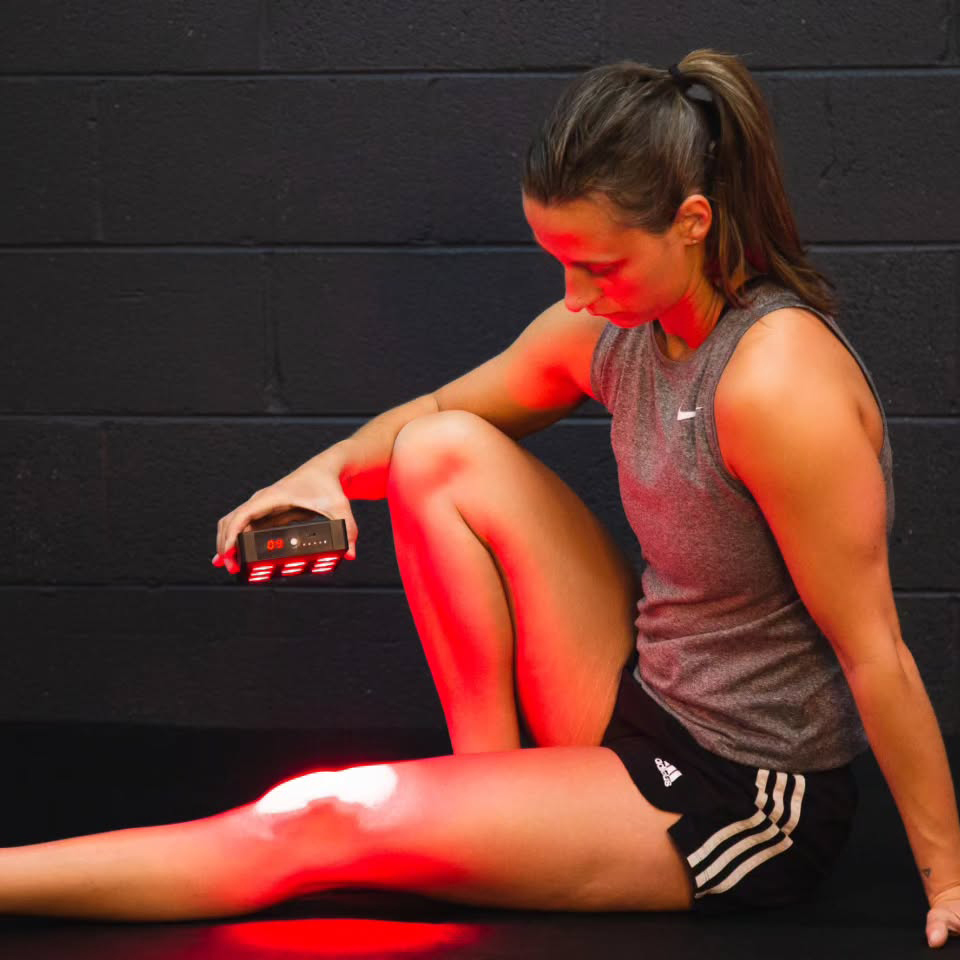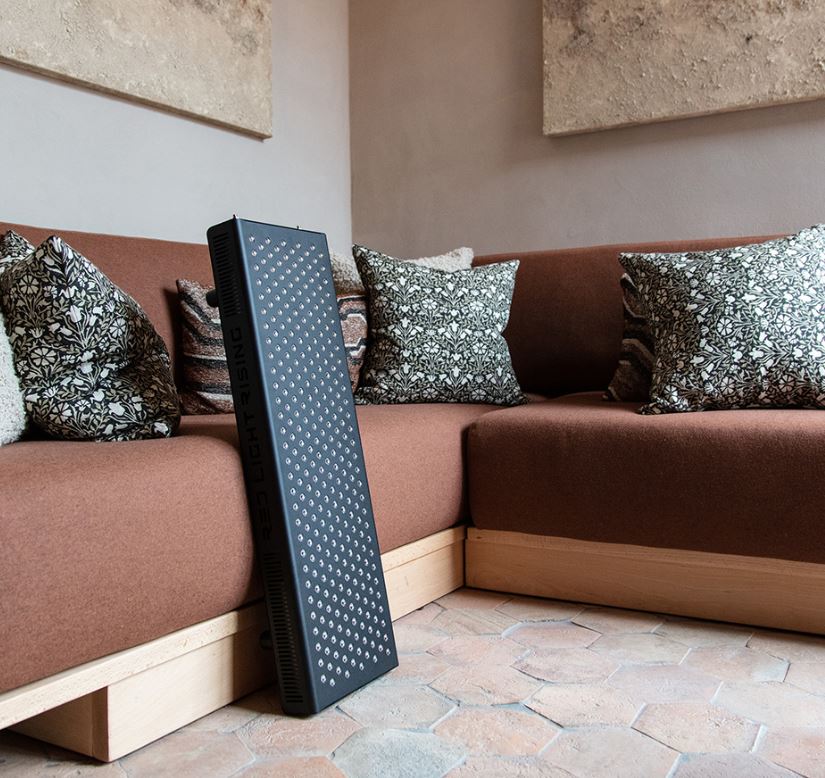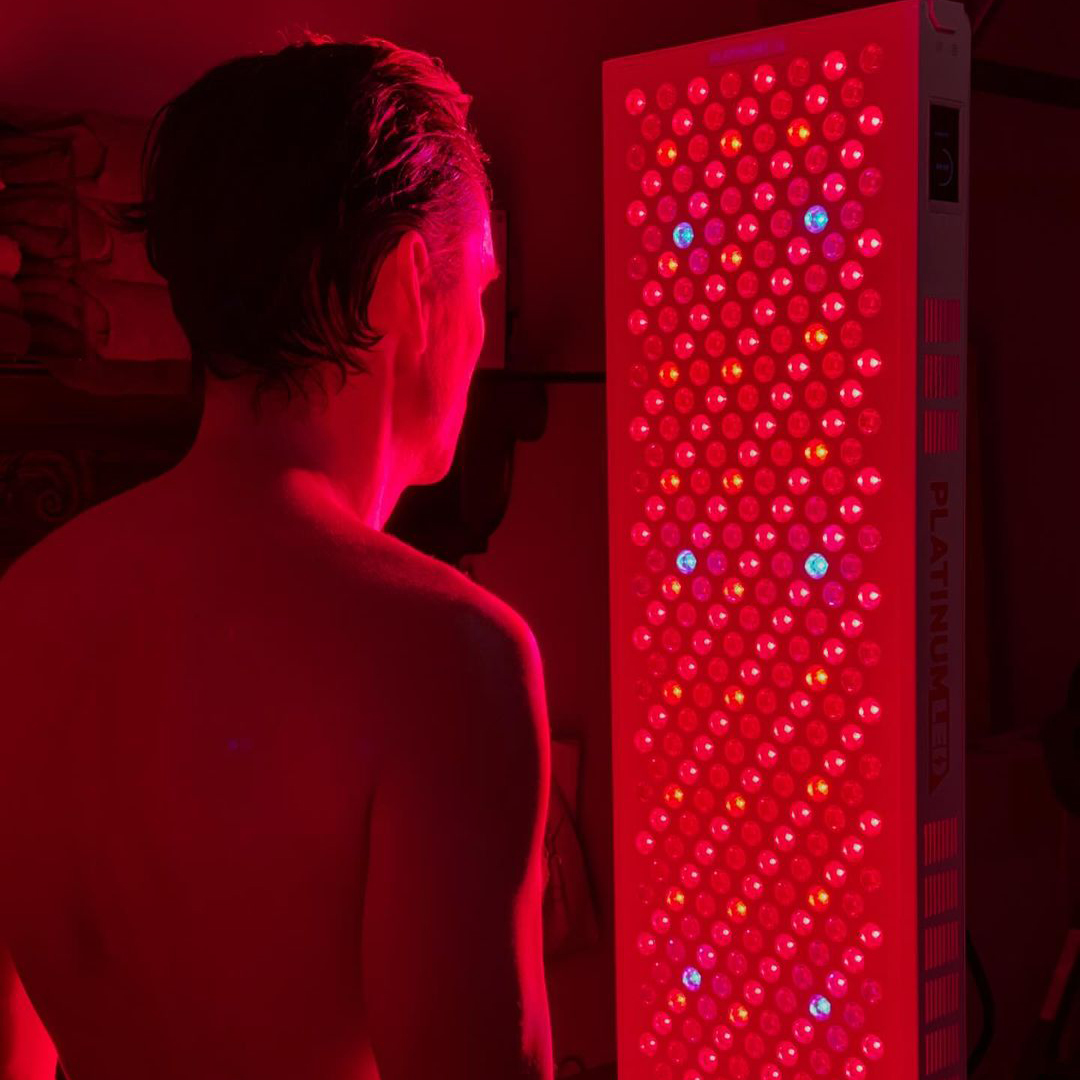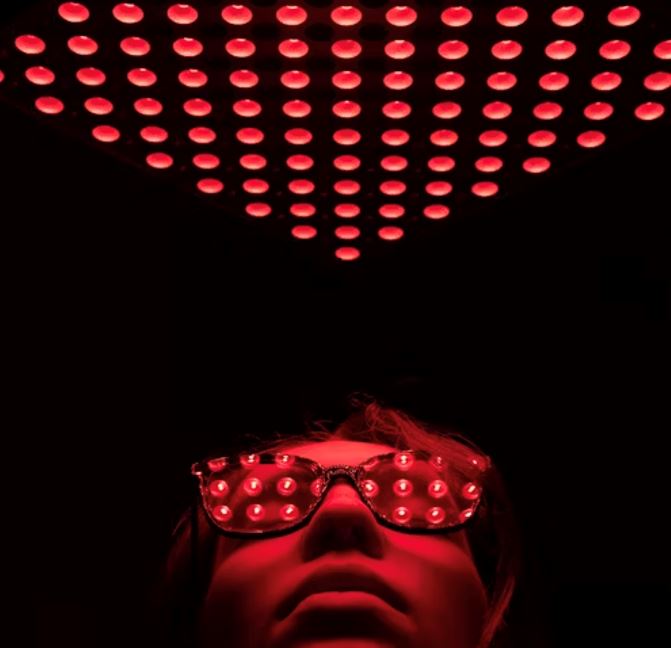![]() Free Shipping
Free Shipping ![]() Buy Now, Pay Later
Buy Now, Pay Later ![]() Eligible
Eligible
Can Red Light Therapy Improve Recovery and Performance for Hang Gliders?

Hang gliding is an exhilarating sport that combines the thrill of flight with the beauty of nature. However, like any physically demanding activity, it comes with challenges—fatigue, muscle soreness, and even minor injuries from long flights or rough landings. To stay at peak performance, hang gliders are always looking for ways to recover faster and enhance their endurance.
One emerging technology that has gained attention in the athletic and wellness communities is red light therapy (RLT), also known as photobiomodulation (PBM). But can this non-invasive treatment actually benefit hang gliders? Let’s explore the science, potential benefits, and real-world applications of red light therapy for recovery and performance in this high-flying sport.
What Is Red Light Therapy?
Red light therapy involves exposing the body to low-wavelength red and near-infrared light. These wavelengths penetrate the skin and are absorbed by cells, stimulating mitochondrial function—the powerhouse of the cell. This process enhances ATP (energy) production, reduces inflammation, and accelerates tissue repair.
Originally developed by NASA for wound healing in space, RLT is now used for:
- Muscle recovery
- Reducing joint pain
- Enhancing skin repair
- Improving sleep and circadian rhythm
Given these benefits, could hang gliders use RLT to recover from long flights, reduce muscle fatigue, and even improve their in-flight performance?
VELLGUS Elite V2
THE #1 RATED RED LIGHT DEVICE
VELLGUS pro V2
THE #1 RATED FULL BODY RED LIGHT DEVICE
How Hang Gliders Can Benefit from Red Light Therapy
1. Faster Recovery After Long Flights
Hang gliding requires sustained muscle engagement, especially in the arms, shoulders, and core. Prolonged flights can lead to delayed onset muscle soreness (DOMS) and fatigue.
How RLT Helps:
- Reduces inflammation – Studies show that red light therapy decreases markers of muscle damage and soreness after intense exercise (source: Journal of Athletic Training).
- Speeds up muscle repair – By boosting cellular energy, RLT helps muscles recover faster, meaning hang gliders can train or fly again sooner.
2. Improved Joint and Tendon Health
Landings, harness adjustments, and prolonged gripping of the control bar can strain joints and tendons, increasing the risk of overuse injuries.
How RLT Helps:
- Promotes collagen production – Essential for tendon and ligament strength.
- Reduces joint pain – A 2014 study in Lasers in Medical Science found that RLT significantly reduced pain in athletes with joint issues.
3. Enhanced Energy and Endurance
Flying for hours demands both physical and mental stamina. Fatigue can impair reaction time and decision-making—critical factors in hang gliding safety.
How RLT Helps:
- Boosts mitochondrial efficiency – More ATP means better energy levels.
- Improves circulation – Better blood flow helps oxygenate muscles, delaying fatigue.
4. Better Sleep for Optimal Performance
Hang gliders often travel to different time zones or wake up early for optimal flying conditions. Poor sleep can affect coordination and focus.
How RLT Helps:
- Regulates melatonin production – Exposure to red light in the evening can improve sleep quality (source: Sleep Medicine Reviews).
Real-World Applications: How Hang Gliders Can Use RLT
Pre-Flight Preparation
- 10-15 minutes of RLT on shoulders, arms, and back to increase blood flow and reduce stiffness before takeoff.
Post-Flight Recovery
- 20-minute session on fatigued muscles to speed up recovery and reduce next-day soreness.
Injury Prevention & Maintenance
- Regular sessions (3-4 times per week) to keep joints and muscles in top condition, reducing the risk of chronic injuries.
Portable RLT Devices for Travel
Many hang gliders travel to competitions or flying sites. Portable red light panels or wearable devices (like Joovv or FlexBeam) make it easy to integrate RLT into a recovery routine on the go.
The Verdict: Should Hang Gliders Try Red Light Therapy?
While more sport-specific studies are needed, the existing research on RLT for recovery, pain relief, and performance enhancement is promising. For hang gliders, who rely on endurance, quick reflexes, and muscle resilience, red light therapy could be a game-changer.
Final Tips for Hang Gliders Considering RLT:
✔ Start with short sessions (5-10 min) and gradually increase.
✔ Target key areas (shoulders, arms, lower back).
✔ Combine with other recovery methods (hydration, stretching, proper nutrition).
Would you try red light therapy to boost your hang gliding performance? The sky’s the limit when it comes to optimizing recovery and staying airborne longer! 🚀








